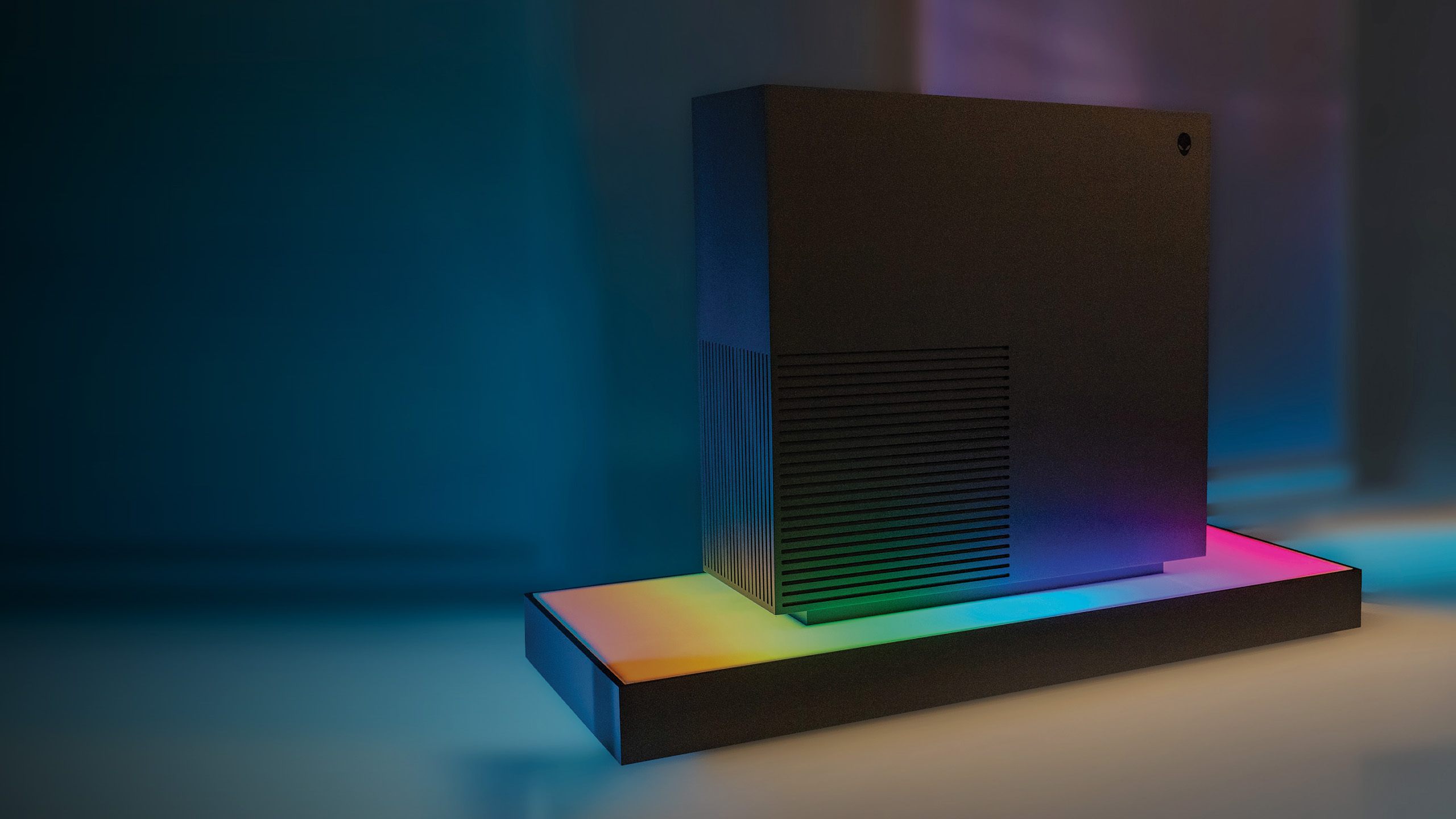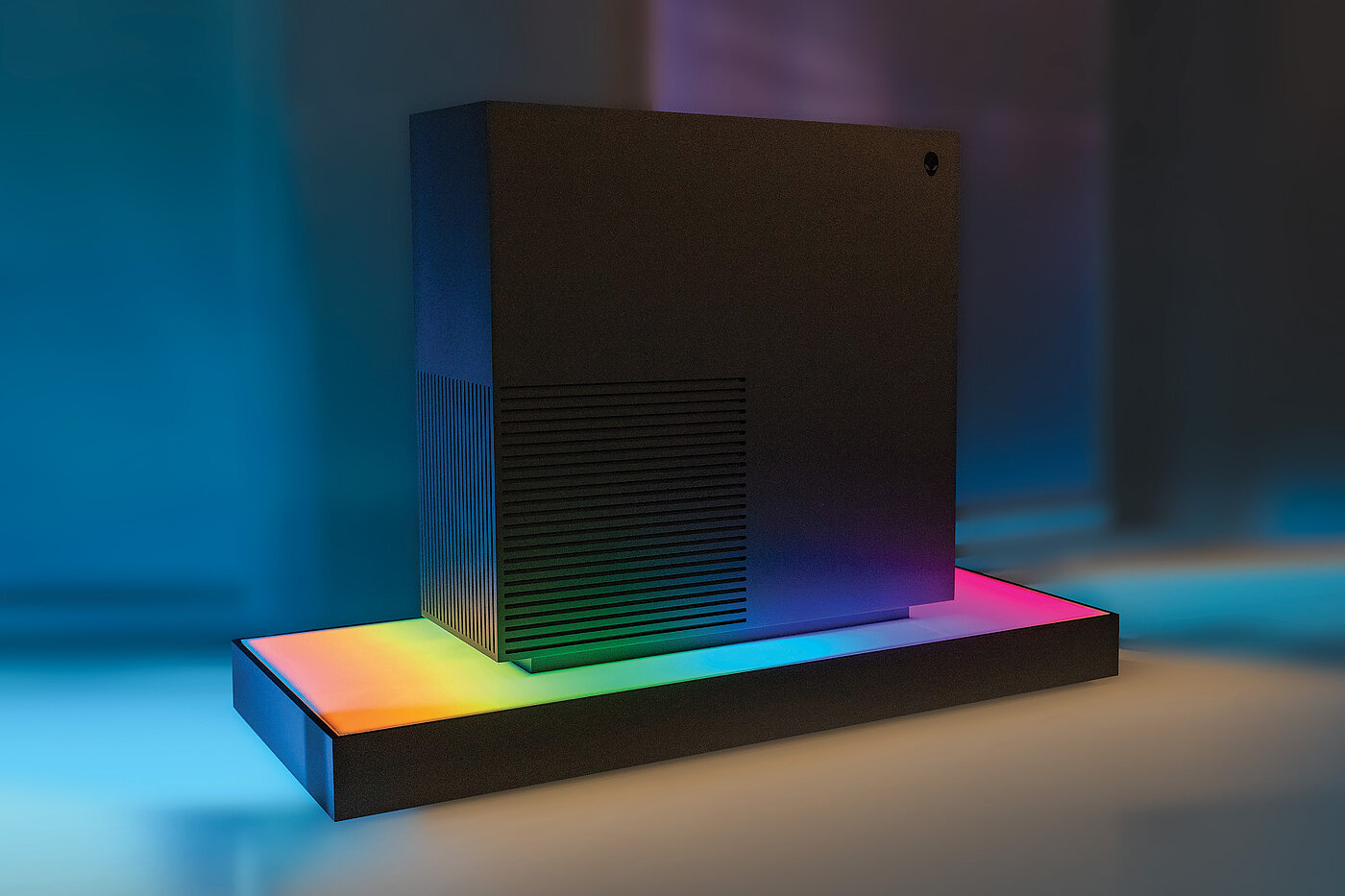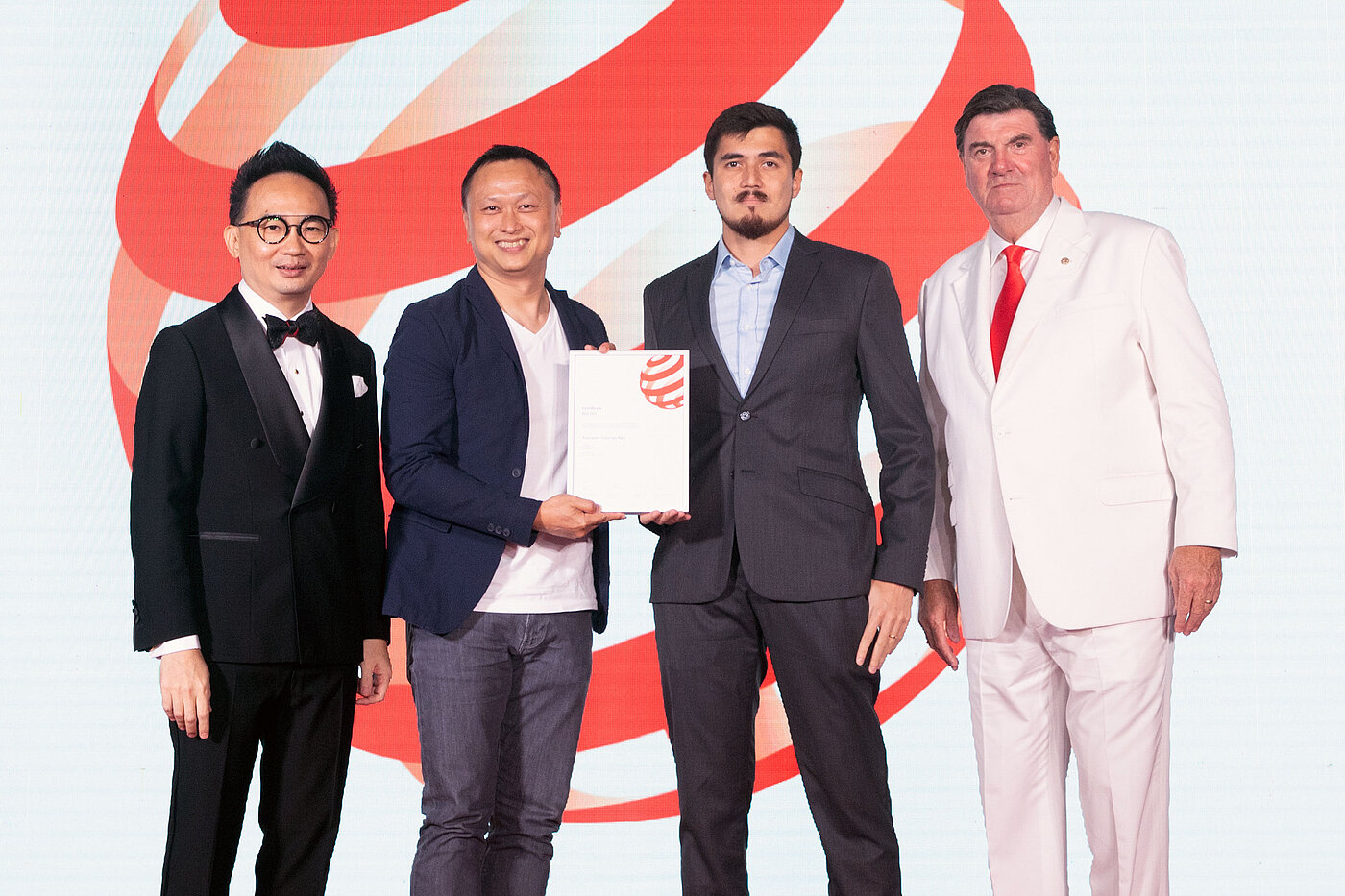Alienware Concept Nyx spotlights the role that edge computing could play, where high performance game processing could be done at home and shared across the local network. This means that multiplayer latency could reach single-digit milliseconds, drastically reducing any lag in today’s cloud gaming systems. The design concept is a Red Dot winner in the Play and Games category at the Red Dot Award: Design Concept.
Erik Summa, the Experience Designer from Experience Innovation Group, Client Solutions, Dell Technologies is based in Austin, Texas, and is part of the team which designs, develops and explores concepts which span a broad array of technologies – software, hardware, and even environmental/spatial. He finds concepts that extend across two or more of these areas to be the most forward-thinking and innovative.
In this interview with Red Dot, Erik Summa tells us more about the design concept.
Who do you interact with most in the workplace environment?
I’m part of a multi-disciplinary team comprised of technologists, strategists, researchers, designers, engineers, and marketers, and I work with extremely talented people. The different backgrounds, strengths and experiences of each team member always create additional value in my deliverables. I interact with all of them frequently throughout the design process.
Were there breakthroughs when preparing for a competition?
Concept Nyx was one of my personal first big public-facing industrial design projects. This was a dream project – the design brief had strong technology, design and experiential components that needed to blend together and be communicated in a meaningful way that supported our overarching experience narrative.
What do you want to achieve with Concept Nyx?
Concept Nyx is bigger than just its industrial design – whatever we created needed to aid and enhance the broader experience. During the design process, we had two primary objectives. 1. To communicate that this was a concept, and not part of the pre-existing Alienware brand design language, and 2. Highlight that this is a next-generation gaming device that offers features above and beyond what’s currently available on the market.
How do you know if a product is well designed?
We had very clear design objectives for what we wanted to achieve. Once we started to ideate, we evaluated our ideas against our objectives. Our primary goal was to create a well-designed product that was functional, delights our core user base and works to support our gaming innovation narrative. Conceptual work like this helps our teams go and explore innovative ID directions that they wouldn’t normally show publicly to gauge user and industry sentiment.
How would you describe your team’s work culture? What would your ideal be?
It really takes a whole team of people to make these concepts a reality. ID just for aesthetic sake is shallow. Once you pair it with experience, technology, environment, and software you can create something amazing. Collaboration with subject matter experts is vital to a concept’s overall success.
How would you say no to people?
Very nicely. It’s important to remember that everyone comes from a place of wanting to help an experience be successful. As a designer it’s important to keep an open mind and consider other people’s feedback and ideas, but at the end of the day, the lead designer has to make the call on the design. Helping people understand the “why” of those decisions helps to keep good working relationships with the people I collaborate with.

Make plans for the future
From now until 24 April 2024, companies, design studios and young professionals can submit their design concepts and have them evaluated by an international jury of experts in order to win one of the coveted distinctions of the Red Dot Award: Design Concept.
Entire registration period: 1 December 2023 – 24 April 2024
Early Submission 1 December 2023 – 24 January 2024
Standard Submission 24 January 2024 – 13 March 2024
Late Submission 14 March 2024 – 24 April 2024





